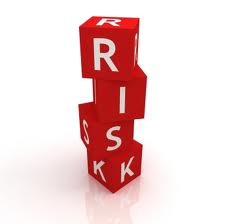 When evaluating components for inclusion in a system, if you limit your analysis to performance and cost, you may discover later in the design process or even after you are in volume manufacturing that the part is now obsolete. This can expose you to long lead times, higher prices, and ultimately the need to design the part out or face shutting down your product line. Part obsolescence is a very real problem that can introduce substantial risk into your product development cycle. At Voler Systems, we always compare alternatives, looking at performance, cost, product life cycle, and footprint to select the best components for your product’s needs. For critical applications, we have a partner, ACS, who specializes in checking part availability.
When evaluating components for inclusion in a system, if you limit your analysis to performance and cost, you may discover later in the design process or even after you are in volume manufacturing that the part is now obsolete. This can expose you to long lead times, higher prices, and ultimately the need to design the part out or face shutting down your product line. Part obsolescence is a very real problem that can introduce substantial risk into your product development cycle. At Voler Systems, we always compare alternatives, looking at performance, cost, product life cycle, and footprint to select the best components for your product’s needs. For critical applications, we have a partner, ACS, who specializes in checking part availability.
Both the cell phone and automobile industries have commoditized many electronic parts, which means that they have very low costs, but the two industries have imposed very different requirements on their suppliers. Cell phones have very short product life cycles, and cell phone components may become obsolete very quickly. This is problematic when you have a long product development and/or compliance cycle, such as in the medical device industry. The automobile industry's product life cycles are much longer, and these parts are often a better match when developing long-lived systems such as medical devices.
Product life cycles must be factored in and matched to your product requirements. At Voler Systems, our experienced engineers evaluate each alternate’s trade-off for the best solution. We evaluate the full range of workable alternatives to see what will best fit your needs. We also try to look ahead as things evolve for significant issues.